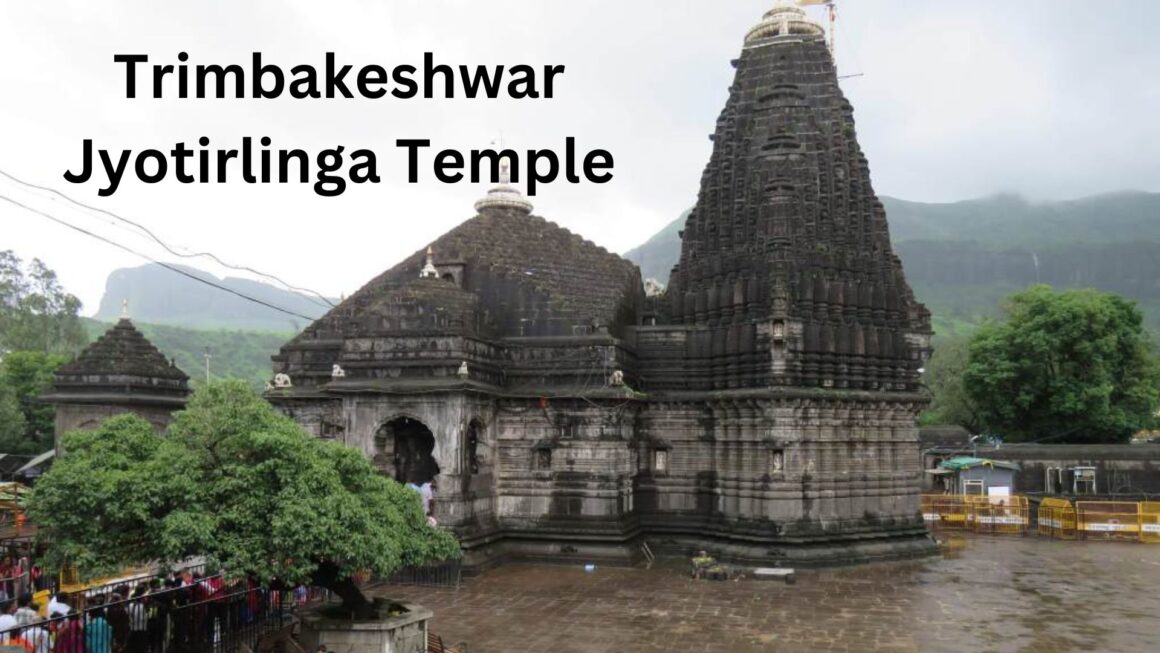Introduction
Mahanandi Temple Timings: Discover the Mahanandi Temple, a serene and sacred place nestled in the lush Nallamala Hills of Andhra Pradesh. This ancient temple, dedicated to Lord Shiva, is renowned for its spiritual significance, stunning architecture, and tranquil surroundings. Visitors can experience the healing waters of the temple’s natural pool, fed by an underground spring, and enjoy the peaceful ambiance of this historic site. As one of the nine Nava Nandis, Mahanandi Temple offers a unique blend of faith, history, and natural beauty, making it a must-visit for anyone seeking peace and spiritual connection.
Mahanandi Temple History
The Mahanandi Temple, nestled at the foothills of the Nallamala forest range, near Nandyal in Andhra Pradesh, holds a rich history and spiritual significance. Let’s delve into its fascinating past:
- Origins and Legends:
- The temple’s roots trace back to the Chalukyan dynasty during the 7th and 8th centuries CE.
- According to legend, the great sage Agastya performed intense penance at this very spot, leading to the consecration of the temple.
- Dedication to Lord Shiva:
- The Mahanandi Temple is dedicated to Lord Shiva and houses a Swayambu Shiva Lingam.
- It stands as a testament to devotion, with a history spanning over 1,500 years.
- Architectural Marvels:
- As you approach the temple, a colossal Nandi (Lord Shiva’s sacred bull) guards the entrance, earning it the name “Mahanandi Tirtha”.
- Within the temple complex:
- Perennial Pools: Two crystal-clear pools with fresh water await devotees.
- Holy Water Tank: A vast Pushkarani (Kalyani) spreads over 60 square feet, featuring a central pavilion housing a small Shiva Linga.
- Curative Waters: The temple is renowned for its lukewarm drinking water, believed to have healing properties.
- Modern History:
- Developed in the 17th century by the rulers of the Vijayanagara Empire, the temple underwent restoration and expansion over time, culminating in its present form during the 19th century.
Special features of Mahanandi Temple
Unique Features of Mahanandi Temple
The Mahanandi Temple, nestled in the serene Nallamala Hills near Nandyal, Andhra Pradesh, boasts several remarkable features:
- Ancient Origins: Constructed over 1,500 years ago, the temple’s history dates back to the Chalukyan dynasty during the 7th and 8th centuries CE.
- Dedication to Lord Shiva: The temple reveres Lord Shiva as Mahanandeeswara Swamy, with a Swayambu Shiva Lingam as its presiding deity.
- Architectural Marvels:
- Colossal Nandi: A massive Nandi (Shiva’s sacred bull) guards the entrance, earning the temple the name “Mahanandi Tirtha”.
- Perennial Pools: Crystal-clear pools with fresh water await devotees.
- Holy Water Tank: A vast Pushkarani (Kalyani) houses a small Shiva Linga.
- Curative Waters: The temple’s lukewarm drinking water is believed to have healing properties2.
- Nava Nandis: Mahanandi is part of the Nava Nandis, a group of nine temples dedicated to Nandi, the bull mount of Lord Shiva.
- Legends and Mysteries:
- Cow’s Milk Miracle: Legend has it that a black cow from Gopavaram village daily oozed milk into an ant hole near the temple. Upon investigation, the King discovered a Shiva Lingam and constructed the temple.
- Three Sacred Ponds: The King dug three ponds—Rudra Gunda, Brahma Gunda, and Vishnu Gunda—which provide water for fertile lands.
Also read: Titwala Ganpati Mandir Timings
Interesting facts about Mahanandi Temple
Certainly! The Mahanandi Temple, located east of the Nallamala Hills and Forest in Andhra Pradesh, holds several fascinating features:
- Ancient Origins: Constructed over 1,500 years ago, this temple’s history traces back to the Chalukyan dynasty during the 7th and 8th centuries CE.
- Dedication to Lord Shiva: The temple venerates Lord Shiva as Mahanandeeswara Swamy, with a Swayambu Shiva Lingam as its central deity.
- Architectural Marvels:
- Colossal Nandi: A massive Nandi (Shiva’s sacred bull) guards the entrance, earning the temple the name “Mahanandi Tirtha”.
- Perennial Pools: Crystal-clear pools with fresh water await devotees.
- Holy Water Tank: A vast Pushkarani (Kalyani) houses a small Shiva Linga.
- Curative Waters: The temple’s lukewarm drinking water is believed to have healing properties.
- Nava Nandis: Mahanandi is part of the Nava Nandis, a group of nine temples dedicated to Nandi, the bull mount of Lord Shiva.
- Legends and Mysteries:
- Cow’s Milk Miracle: Legend has it that a black cow from Gopavaram village daily oozed milk into an ant hole near the temple. Upon investigation, the King discovered a Shiva Lingam and constructed the temple.
- Three Sacred Ponds: The King dug three ponds—Rudra Gunda, Brahma Gunda, and Vishnu Gunda—which provide water for fertile lands.
How to Reach Mahanandi Temple
Mahanandi Temple, nestled amidst natural beauty, holds a rich history and is dedicated to Lord Shiva. To visit this sacred place, you have several options:
- By Road:
- Mahanandi Temple is approximately 18.7 km away from the town of Nandyal, 91.5 km from Kurnool district, and 304 km from Hyderabad.
- If you’re traveling by private vehicle, take the NH7 route for the most convenient journey.
- By Train:
- The nearest railway stations to Mahanandi are:
- Gazulapalli (5 km)
- Chalama (11 km)
- Nandyal (17 km)
- Giddalur (38 km)
- Nellore (207 km)
- The nearest railway stations to Mahanandi are:
- By Air:
- The nearest airport to Mahanandi is the Rajiv Gandhi International Airport in Hyderabad, approximately 215 km away.
- From there, you can take a flight to Kurnool, the nearest city to Mahanandi, and then travel by taxi or bus to reach the temple.
Best Time to Visit Mahanandi Temple
The best time to visit Mahanandi Temple is from October to March. During these months, the weather is pleasant and cool, making it ideal for exploring this sacred place. However, here are some additional details about the different seasons:
- Summer (April to June): The summer months can be hot and dry, with temperatures reaching up to 40°C. It’s advisable to avoid visiting during this period.
- Monsoon (July to September): The monsoon season brings humidity and rain, and the roads can become slippery and muddy. It’s better to plan your visit outside of these months.
Places Near to Visit Mahanandi Temple
Here are some places near Mahanandi Temple that you might find interesting:
- Mahanandishwara Temple: Just opposite the Mahanandi Bus Station, this temple is dedicated to Lord Shiva. It features nine Nandi shrines known as Nava Nandis. The temple’s main attractions include the Pushkarini (holy tank) and the tower (Vimana) over the Garbha gruha, built in Badami Chalukyan style.
- Kameswari Devi Temple: Located less than 1 km from Mahanandi Bus Station, this temple is dedicated to Goddess Parvati. After taking a holy bath in the Pushkarini, pilgrims can seek blessings from both Lord Shiva and Kameswari Devi.
- Ahobilam: Situated about 55 km from Mahanandi, Ahobilam is an important pilgrimage center. It is the holy abode of Lord Narasimha, an incarnation of Lord Vishnu in man-lion form. Legend has it that this is where Lord Narasimha defeated Hiranyakasipu and saved Prahalada.
Conclusion
The Mahanandi Temple is more than just a place to pray—it’s a peaceful retreat where history, spirituality, and nature blend beautifully. Visiting this temple is a special chance to connect with the deep traditions and calm beauty of Andhra Pradesh. You can take a dip in the temple’s clear, sacred waters, admire its ancient design, or simply enjoy the quiet surroundings of the Nallamala Hills. The experience stays with you, touching your heart in a lasting way. For pilgrims, it’s a place of faith and renewal; for travelers, it’s a glimpse into the area’s rich culture and spirituality. As you leave, the peace and connection you feel here linger, reminding you of the timeless wisdom and beauty this temple has shared with so many over the years.
For more information:-




